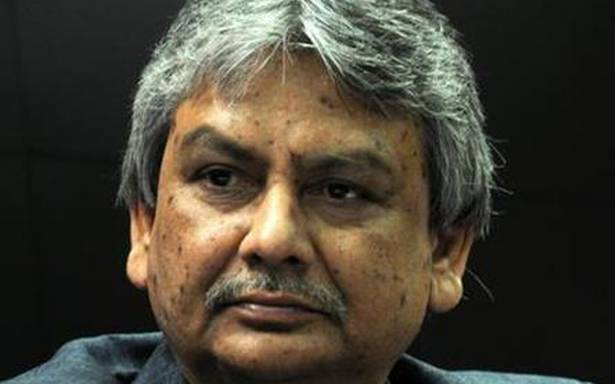Deputy Governor was speaking at a conference on ‘Growth And Development in the BRICS Economies’ organised by the Delhi School of Economics and the Indian Statistical Institute
India is better positioned to face external shocks emanating from increasing geopolitical tensions, the aftermath of the COVID pandemic and the inevitability of climate change, Reserve Bank Deputy Governor Michael Debabrata Patra said on Monday.
Relative to macroeconomic configurations in 2013 when India was described as one of the fragile five countries, he said, "India is better positioned currently, as its macroeconomic fundamentals have improved significantly, and external sector indicators point to the availability of enough cushions to manage external shocks".
He was speaking at a conference on ‘Growth And Development in the BRICS Economies’ organised by the Delhi School of Economics (DSE) and the Indian Statistical Institute (ISI).
India, he said, will have to use its macroeconomic strength to neutralise external sector threats.
"I present this strength (macroeconomic fundamentals) as a challenge because the international environment is turning hostile, with geopolitical tensions, the long-lasting scars of COVID and the inevitability of climate change.
"Furthermore, countries all over the world are contemplating shifting their policy stances away from a pandemic mode to a more normal one. This will involve global spillovers to which India cannot be immune. Hence external sector viability is critical," he said.
The deputy governor further said India is currently one of the fastest-growing major economies in the world. In purchasing power parity (PPP) terms, India is the third-largest economy in the world.
"Projections show that by 2040 India will be the second-largest economy in the world. This, in my view, is the final challenge – preparing, with the BRICS, to be a global economic powerhouse," he said.
GDP growth is widely used as an indicator of the economic progress of a country.
If one looks back over the last 75 years, Bai-Perron structural breakpoint tests reveal that India’s growth trajectory has gone through three phases, Mr. Patra said.
Up to the end of the 1970s, India averaged trend GDP growth of 3.5% — the so-called Hindu rate of growth — which has been associated with inward-looking policies adopted over that period.
Trend growth picked up to 5.5% during 1980-2002 as liberalisation and opening up occurred. Thereafter, GDP growth rose to an average of close to 7% over the period 2003-20, till the pandemic arrived. In 2020-21, GDP declined by 7.3%, among the deepest contractions worldwide in that year.
"What are the growth drivers in India? It turns out that India’s growth is led by households – private consumption expenditure – though, its share in GDP has come down from above 75% in the 1960s to about 55% in recent years.
"There have been phases of export-led and investment-led growth, which could not be sustained, but they did provide turning points in the growth path," he said.
The conference is timely and topical in view of India taking over the presidency of BRICS in 2021.
Mr. Patra noted that since the BRICS came into existence in 2009-10, significant milestones have been passed in their journey together. These include New Development Bank (NDB), Contingent Reserve Arrangement or CRA, BRICS Strategic Economic Partnership 2021-2025, and BRICS Payments Task Force (BPTF).
Source: Read Full Article

